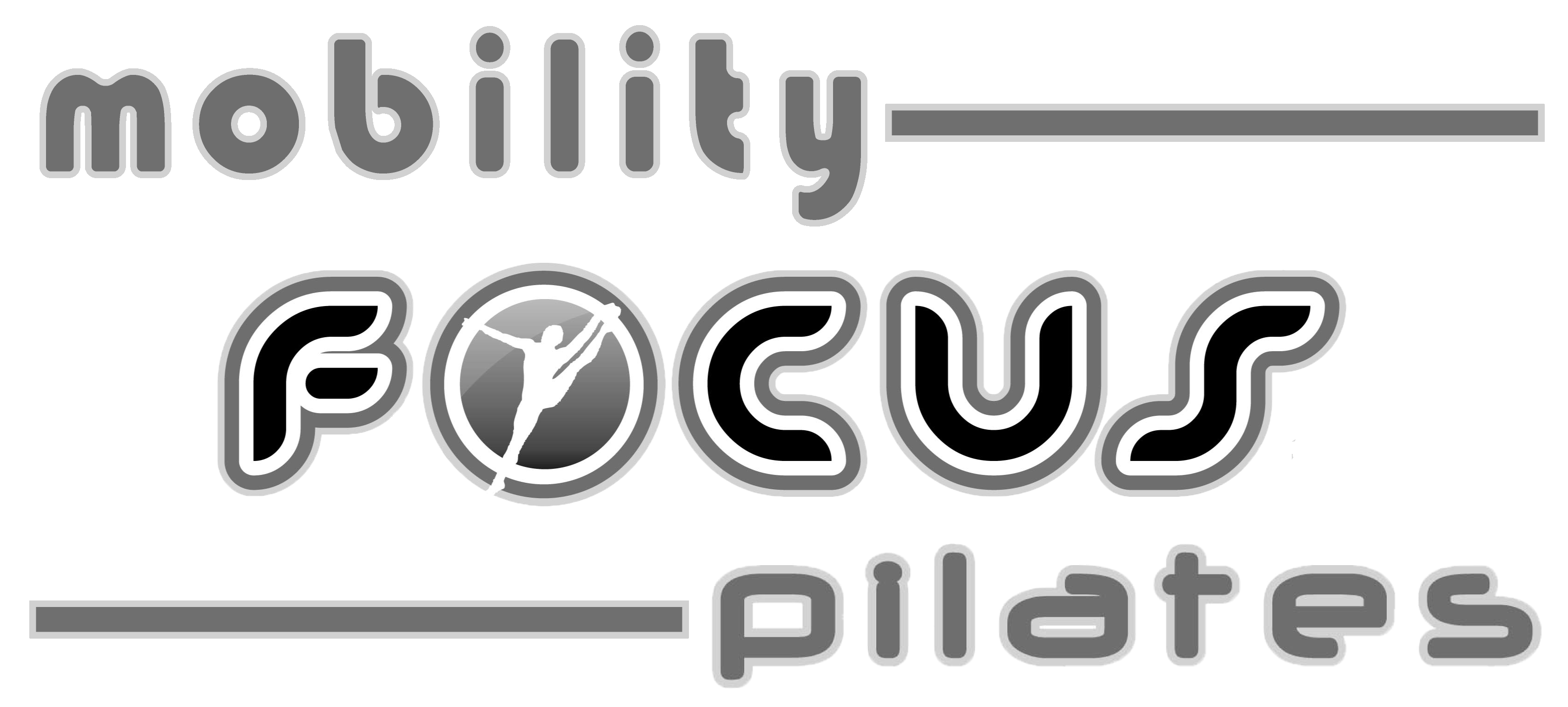The Queen Compensator
Hey everybody!
I wanted to take a good moment to talk about and look at one of the most common areas to blame for low back pain, the Quadratus Lumborum, AKA the QL.
When I was asked for my suggestions in tackling a naggy QL I thought it would be a great opportunity not only to share how I approach this complaint but also demonstrate why the Functional Range Conditioning® mobility work that I already utilize and integrate continues to prove it's worth is far more than just "mobility work." BTW, thank you, for your requests I seriously love not only giving my feedback and deepening my love for the work, but also thoroughly enjoy re-reading or finding more research about the body. So keep them coming!

The muscular organization of the QL is complex. This flat, deep muscle that is found in the back and runs from the sides of the spine and the 12th rib to the top of the pelvis is actually part of the abdominal wall. But research seems to indicate that despite it's integral part of the thoracolumbar fascia, there are no indications that it's a primary source of back pain.
When measured, the magnitudes of the compression forces exerted by quadratus lumborum on the lumbar spine* with extension, lateral bending and as a stabilizer during exercises is much lower than other surrounding muscles as the erector spinae and multifidus. So it appears that while it doesn't typically play a significant role with stabilization and these movements, it may take up the job of muscles that are no longer doing they're job. And often, people with back pain also have limited ranges of motion in the hips so the QL once again steps in (literally) to help become a primary mover of the hip joint.
With a system of tissue and fibers so deep it's really hard to tell really if what we're feeling, referencing, massaging, or trying to stretch is really truly the QL (unless you're a trained and licensed specialist that you have not only the years of education to back this up but the successful experience of actually palpating this range of tissue). And even then, as a specialist you are probably treating more than just the QL.
But even if you disagree with any of what I just pointed out, if you're treating the joints, the function of the joints, the health of the joints then the surrounding effected tissue will be addressed regardless of whether it's the QL or not. Since it appears that the root of QL issues stem from this muscle having to take on more than it should, addressing the mobility, strength and control of the spine in the immediate area, above and the hips below would return the normal balance of "work" the QL is cool with.
This is why when asked for my suggestions I look at the connective joints and area, but also the areas above and below. First and foremost will always be breathe work. With the diaphragm being such an integral muscle that literally surrounds the entire torso 360. Maximal use of the diaphragm is not only the connection to support the spine, but also connects the top of the body to the bottom so it's like grand central station for every problem.

The week of April 2021 on Instagram I will be demonstrating how I would address the QL by assessing and improving breathe expansion, as well as improving awareness, ranges and control for clients to self organize the spine and hips. I also expanded on this exploration through a mobility and Pilates Mat workout using the Deep Front Line from Tom Meyer's Anatomy Trains as a guide to apply self assessing joint training techniques to assist improving all areas that may not be functioning as they should, forcing the QL to compensate.
Got a request or question? Email me!
Join me on Instagram for these post on the QL and more or sign up for a paid membership to join me on the mat!
*Cited research
Bordoni B, Varacallo M. Anatomy, Abdomen and Pelvis, Quadratus Lumborum. [Updated 2021 Feb 7]. In: StatPearls [Internet]. Treasure Island (FL): StatPearls Publishing; 2021 Jan-. Available from: https://www.ncbi.nlm.nih.gov/books/NBK535407/


Comments